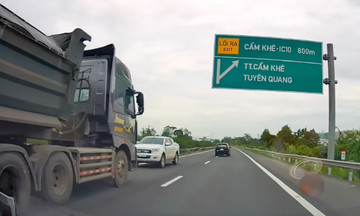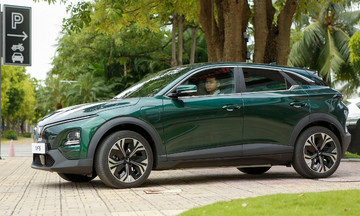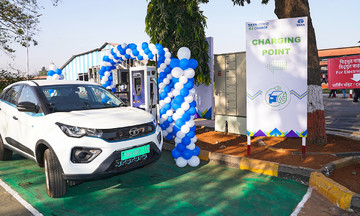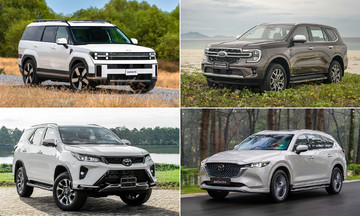New legislation could shape how self-driving trucks operate across the US. Introduced this week in the House of Representatives, the America Drives Act proposes a national framework for autonomous freight transport, aiming to address what it describes as a tangle of state-level regulations hindering progress. It also highlights the truck driver shortage as a key issue automation could help solve.
Announced by Representative Vince Fong, the bill would empower the Department of Transportation (DOT) to regulate autonomous trucks and allow level 4 and level 5 autonomous vehicles to operate across state lines without a driver or remote control.
 |
An Aurora self-driving truck. Photo: Aurora |
An Aurora self-driving truck. Photo: Aurora
The America Drives Act seeks to simplify policy and address labor concerns. Fong argues that the US is falling behind other countries that have begun integrating autonomous freight transport.
“While Europe and China are rapidly integrating autonomous trucks into their supply chains, America is resting on its laurels, hampered by a patchwork of state regulations that endanger public safety, innovation, and economic growth," Fong said.
Currently, 35 US states permit some form of autonomous truck testing or deployment, but inconsistent or conflicting rules are slowing widespread implementation.
If passed, the bill would codify a 2018 interpretation that federal safety regulations do not require human drivers. It would direct the government to update automated driving system (ADS) rules by 2027 and remove requirements designed for humans, who sometimes need sleep or breaks.
Self-driving trucks would not be bound by hours-of-service limits, nor would they have to undergo drug testing procedures.
With the ongoing truck driver shortage, drivers and trucking companies have differing perspectives. One side claims the industry lacks qualified drivers, while the other argues that companies simply don't want to pay enough to retain drivers.
Most first-year truck drivers don't stay in the profession. Turnover is a problem, but autonomous driving could be a solution. If companies can safely operate large, driverless trucks on routes known for low pay, the shortage might end.
These proposals highlight another aspect as self-driving technology and models advance. Regulations established years ago for traditional vehicles will gradually be adjusted and changed to meet the needs of new technologies.
My Anh (Carscoops)











